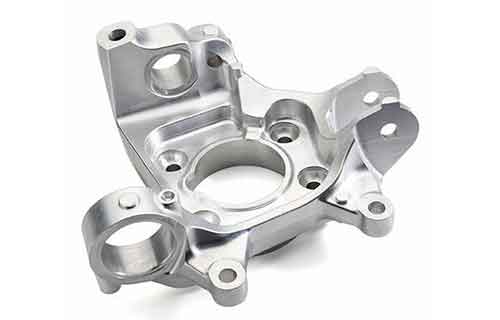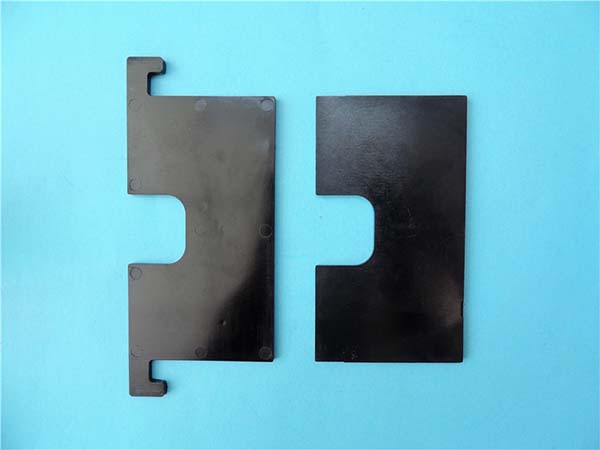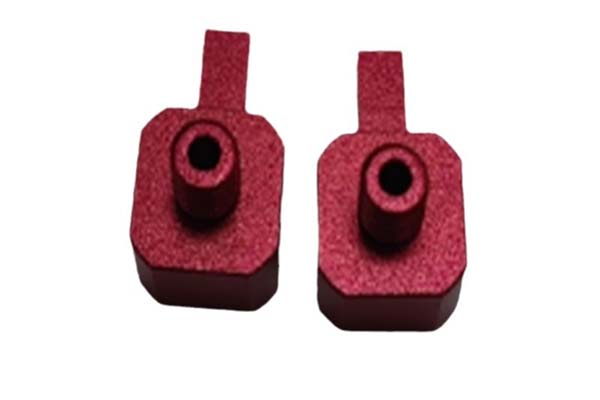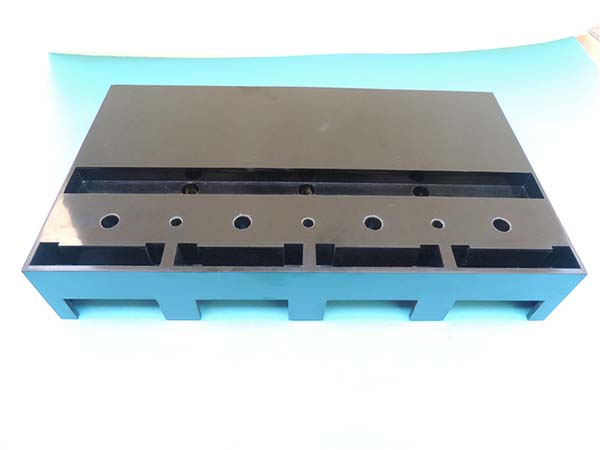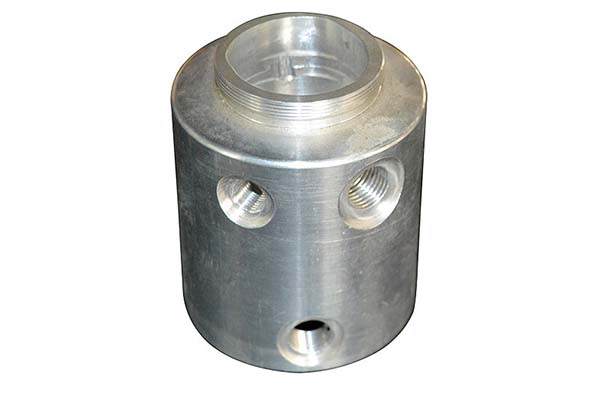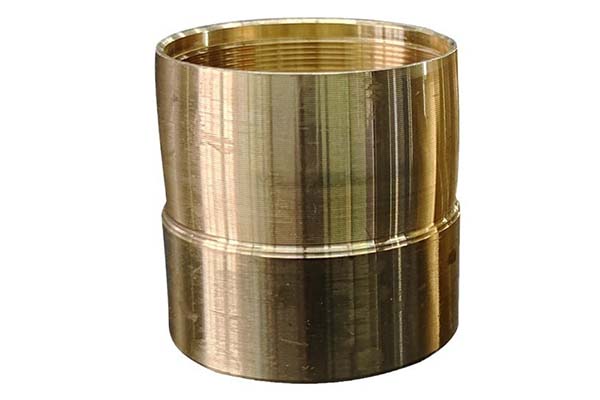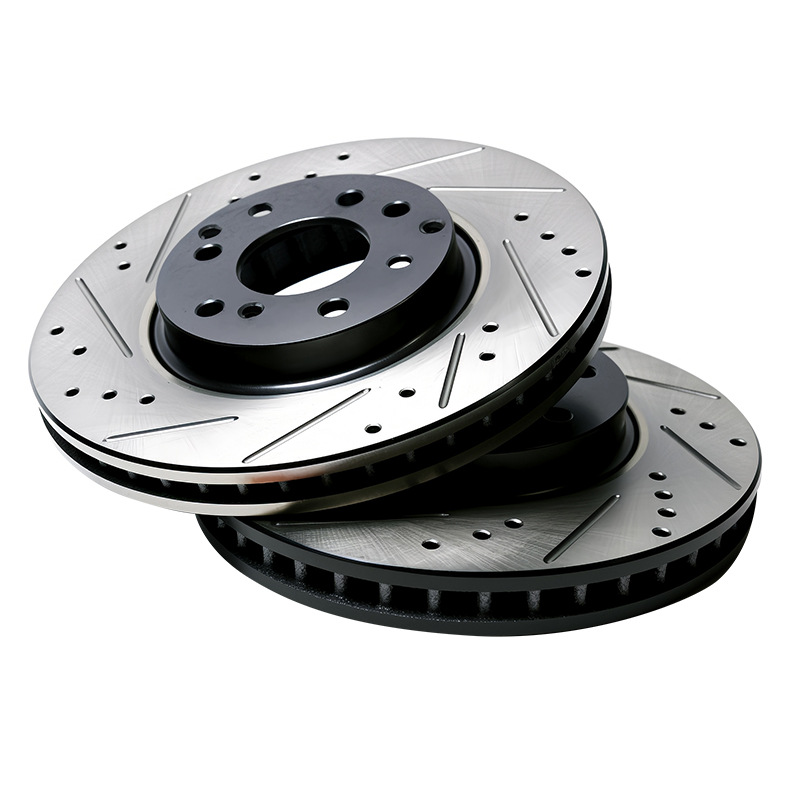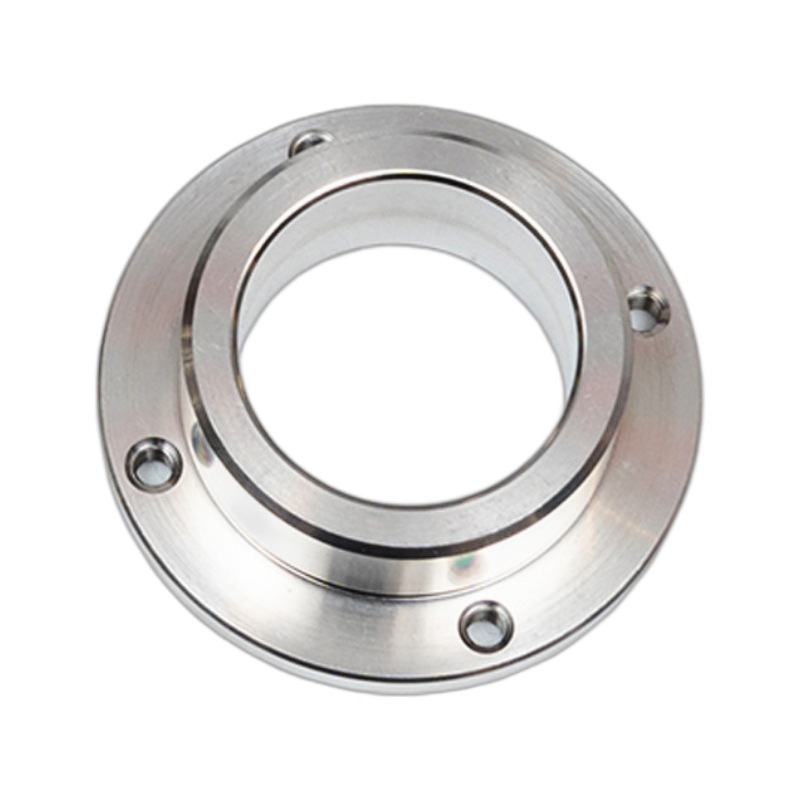Imagine a defense contractor that needs a batch of complex titanium components with ±0.001 mm tolerance, only to find that the manufacturer they hired can’t consistently meet the specification. Or a medical device company whose product launch is delayed because their supplier’s parts have inconsistent surface finishes. These scenarios underscore the critical role of a reliable precision machined components manufacturer—one that doesn’t just make parts, but delivers precision you can trust. In industries where failure is not an option, choosing the right manufacturer is as important as the design itself. This guide will explore what sets top manufacturers apart, how they ensure quality, and why their capabilities matter for your most critical projects.
Precision Machined Components Overview: More Than Just Parts
Precision machined components are the building blocks of modern machinery, from aerospace engines to medical devices. What makes them unique is their ability to meet exacting standards:
- High-precision parts often require tolerances as tight as ±0.0005 mm, ensuring they fit and function with other components. For example, a gear in a surgical robot must mesh perfectly with its counterpart to avoid even the smallest vibration during procedures.
- Complex components with intricate geometries—like the fuel injectors in a jet engine—rely on advanced machining to create features that standard manufacturing can’t achieve. These parts often have undercuts, micro-holes, or curved surfaces that demand multi-axis machining.
- Custom components are tailored to specific applications, whether it’s a lightweight aluminum bracket for a drone or a corrosion-resistant stainless steel valve for an oil rig. A leading manufacturer reports that 85% of their projects involve custom designs, as off-the-shelf parts rarely meet specialized needs.
The value of these components lies in their consistency. A survey of engineers found that 60% of equipment failures trace back to poorly machined parts, highlighting the cost of inconsistency in critical systems.
Manufacturing Capabilities: What Top Manufacturers Can Do
The best manufacturers distinguish themselves through their manufacturing capabilities, which span a range of processes to handle any project:
- CNC machining is the foundation, with multi-axis machines (5-axis and beyond) enabling simultaneous cutting from multiple angles. This reduces the need to reposition parts, minimizing errors. For example, a 5-axis machine can produce a complex aerospace fitting in one setup, whereas a 3-axis machine would require three setups—doubling the risk of inaccuracies.
- Grinding and honing achieve surface finishes as smooth as Ra 0.02 μm, essential for sealing surfaces in hydraulic systems. A recent project for a hydraulic valve manufacturer required grinding to ensure no fluid leakage, even under 10,000 psi pressure.
- Small-batch production (1–100 parts) and large-scale production (10,000+ parts) are both handled with equal precision. Flexible manufacturers use automated cells for large runs to maintain consistency, while dedicated teams manage small batches to address unique requirements.
- Specialized processes like hobbing (for gears) and broaching (for keyways) extend capabilities to parts with specific features. A gear manufacturer using precision hobbing reports that their gears have 50% longer lifespans than those made with standard methods.
Materials and Material Processing: Matching Parts to Performance
A top manufacturer’s expertise extends to material selection and processing, ensuring parts perform in their intended environment:
| Material | Key Properties | Processing Needs | Common Components |
| Aluminum | Lightweight, corrosion-resistant | Fast machining; anodizing for surface protection | Aircraft brackets, consumer electronics |
| Stainless steel | High strength, heat-resistant | Slow feeds; passivation to prevent rust | Medical tools, industrial valves |
| Titanium | High strength-to-weight ratio | Coolant-rich environments; annealing | Aerospace fasteners, medical implants |
| Plastics | Low friction, electrical insulation | Sharp tools; low heat to avoid melting | Electrical connectors, gears |
| Exotic materials (e.g., Inconel) | Heat and corrosion resistance | Specialized tools; slow speeds | Oil and gas valves, turbine parts |
Heat treatment and surface treatment further enhance performance. For example, carburizing steel components increases their hardness by 300%, extending wear life in high-friction applications like automotive transmissions.
Quality Control and Assurance: The Foundation of Trust
Quality isn’t an afterthought for leading manufacturers—it’s built into every step. Their quality control and quality assurance processes include:
- ISO standards like ISO 9001 (general quality), ISO 13485 (medical), and AS9100 (aerospace) provide a framework. Manufacturers certified to these standards undergo rigorous audits, ensuring processes are consistent and traceable.
- First Article Inspection (FAI) verifies that the first part in a production run meets all specifications. This step caught a 0.002 mm error in a recent medical device component, preventing a costly recall.
- Non-destructive testing (NDT) methods like ultrasonic testing and X-ray inspection detect internal flaws without damaging parts. This is critical for aerospace components, where hidden cracks could lead to catastrophic failure.
- Statistical Process Control (SPC) monitors production data in real time, flagging variations before they result in defects. A manufacturer using SPC reduced scrap rates by 40% in six months.
Applications and Industries: Where Precision Matters Most
Precision machined components are integral to industries where accuracy and reliability are critical:
- Aerospace: Engine components like turbine blades and fuel nozzles require precision to maximize fuel efficiency. A 0.01 mm error in a blade can reduce engine performance by 2%.
- Medical: Surgical instruments and implants must meet strict biocompatibility and precision standards. A custom bone screw with a precisely machined thread ensures secure fixation in orthopedic procedures.
- Defense: Missile guidance systems and armor components rely on precision to ensure reliability in extreme conditions. A defense contractor reports that precision components reduced system failure rates by 65%.
- Energy: Oil and gas valves and wind turbine parts need to withstand harsh environments. Corrosion-resistant stainless steel components, machined to tight tolerances, prevent leaks in offshore rigs.
Equipment and Technology: Investing in Accuracy
The right equipment and technology are what enable precision. Leading manufacturers invest in:
- High-end CNC machines with thermal compensation, which adjusts for temperature changes that can affect accuracy. These machines maintain tolerances even as shop temperatures fluctuate by ±5°C.
- EDM (Electrical Discharge Machining) for hard materials like tungsten, which can’t be cut with traditional tools. Wire EDM achieves tolerances of ±0.0001 mm, ideal for micro-components in electronics.
- Metrology tools like CMMs (Coordinate Measuring Machines) and laser scanners, which verify dimensions with accuracy up to 0.00005 mm. These tools are calibrated daily to ensure their own precision.
- Automation and robotics for repetitive tasks, reducing human error. A robotic loading system can place parts in a CNC machine with ±0.001 mm accuracy, far better than manual loading.
Design and Engineering Services: Partnering for Success
Top manufacturers offer design and engineering services to turn your ideas into viable parts:
- Design for Manufacturing (DFM) reviews your designs to optimize for machining. For example, adjusting a part’s wall thickness from 0.8 mm to 1.0 mm can reduce warping, saving 30% in rework costs.
- CAD (Computer-Aided Design) and CAM (Computer-Aided Manufacturing) software integration ensures seamless transition from design to production. Engineers can simulate machining processes to identify potential issues before production starts.
- Prototyping allows testing of parts before full production. A 3D-printed prototype, followed by a CNC-machined sample, ensures the design works as intended—critical for avoiding costly changes later.
Yigu Technology’s Perspective: Precision as a Promise
At Yigu Technology, we pride ourselves on being a trusted precision machined components manufacturer. Our capabilities span CNC machining, grinding, and specialized processes, handling materials from aluminum to exotic alloys. We’re certified to ISO 9001, ISO 13485, and AS9100, with a quality control team that uses advanced metrology and SPC to ensure every part meets your specs. From small-batch custom components to large-scale production, our engineering team partners with you from design to delivery, turning your most challenging requirements into reality.
FAQs
- How do you ensure consistency across large production runs?
We use automated machining cells, SPC, and regular equipment calibration to maintain consistency. Each part is inspected at key stages, and data is tracked to address variations before they affect quality.
- What’s the typical lead time for custom precision components?
Lead times vary by complexity: prototypes take 3–5 days, small batches (1–100 parts) take 2–3 weeks, and large runs (10,000+ parts) take 4–6 weeks. Rush options are available for urgent projects.
- Can you work with unusual or exotic materials?
Yes. We have experience with materials like Inconel, Hastelloy, and PEEK, using specialized tools and processes to machine them to tight tolerances. Our engineers can advise on material selection for your specific application.
